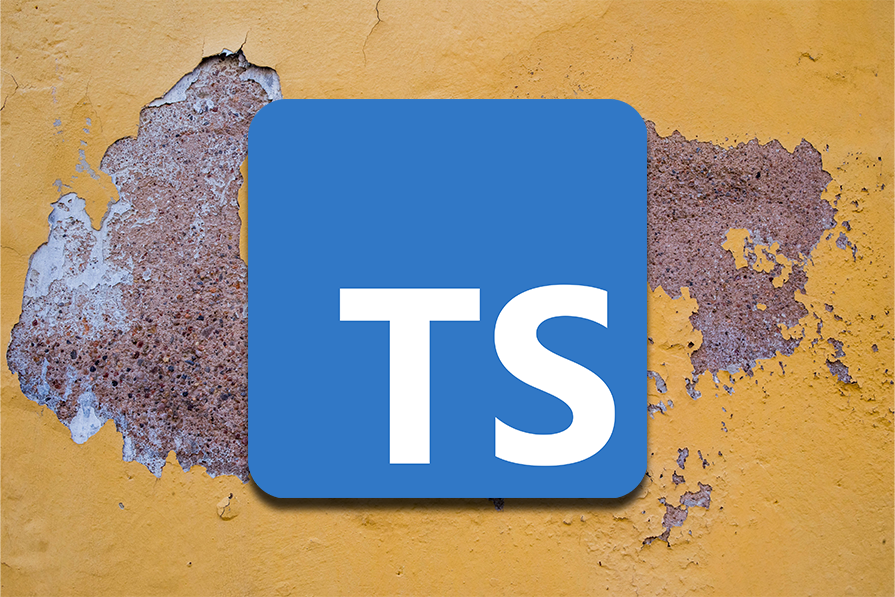
"In JavaScript, functions are considered first-class citizens, allowing them to be passed as parameters, returned from other functions, and assigned to variables."
"TypeScript enhances JavaScript by adding static types, enabling better documentation of expected types for function parameters and clearer code maintainability."
"Typing functions in TypeScript can be complicated, as it involves defining argument types and return types, which are essential for correct function implementation."
"The tutorial discusses various ways to pass structured objects and function types as parameters in TypeScript, including inline type definitions and interface declarations."
This article delves into how TypeScript allows the passing of functions and structured objects as parameters, enhancing type safety and code clarity. It describes JavaScript's treatment of functions as first-class citizens, enabling callbacks and asynchronous coding patterns, and it underscores TypeScript's role in adding static types. The article elaborates on syntactical differences in defining function types, explains the importance of adhering to specific type structures, and provides practical scenarios for using inline type definitions versus declared interfaces, and addresses edge cases related to function parameter passing in TypeScript.
Read at LogRocket Blog
Unable to calculate read time
Collection
[
|
...
]